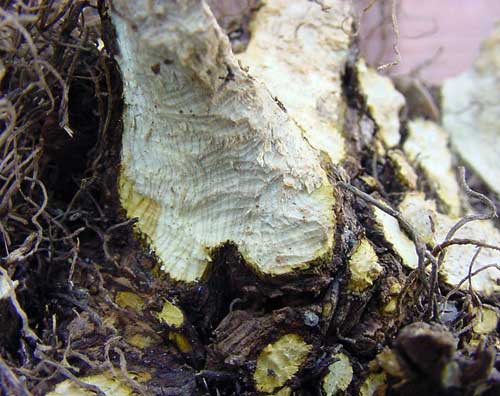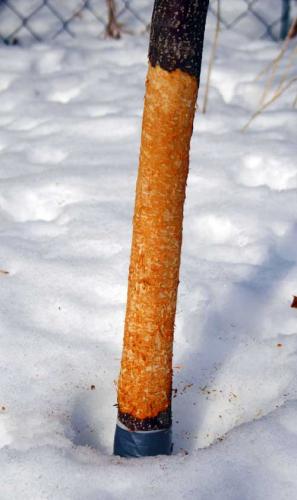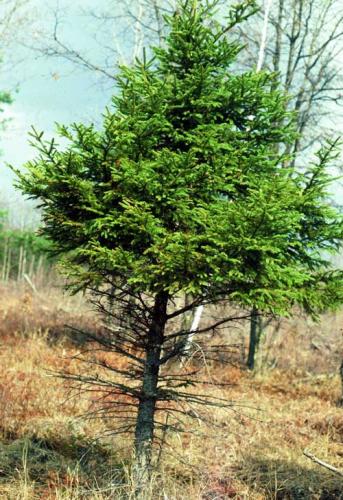Common suspects involved in winter landscape damage
Identify these pesky, winter, landscape pests by the location of the damage they cause.
Winter appears to be a time of snowy peace when viewing the landscape outside the windows. But in reality, it is a very busy time for a number of animals. Some critters that may cause landscape damage during the growing season hibernate or partially hibernate during the winter and don’t feed. The woodchuck and thirteen-lined ground squirrel sleep the winter away underground. The eastern chipmunk partially hibernates and may pop above ground occasionally if its food stores run low.
The amount of snow and how long it lasts, as well as how much really cold weather we receive, determines if this winter will cause critter problems. Last winter (2011-2012) could be called “The Winter that Wasn’t.” When small amounts of snow fell, it warmed up in the next several days and most of it melted. Animals could gather plenty of food in fall and put on a nice layer of fat that helped them survive and stay warm. During the winter, finding extra food was not too difficult. The 2012-2013 winter is different. We have had colder weather and more snow cover by January than all of the last winter.
The most common animals to take a literal bite out of your landscape are the ones that are active during the winter, like the whitetail deer, cottontail rabbits and meadow voles. Let’s start at the ground where damage occurs.
Ground level and above
Voles or meadow mice chew the bark off young trees and shrubs or those with thin, bark-like maples and fruit trees. They have upper and lower incisors that leave characteristic up-and-down chewing marks at ground level or slightly above. If the plant is girdled (bark removed) all or most of the way around, it will kill the plant.

Vole damage. Photo credit: Paul Bachi, University of Kentucky Research and Education Center, Bugwood.org
Voles will dig under mulch or snow and eat the crowns of perennial plants if the soil is not frozen. This is the portion of the plant where the roots and top meet. If snow covers the lawn and food is in short supply, they will work under the snow, clipping serpentine trails into the turf. This usually does not kill the grass, but looks bad for awhile in the spring.
Above ground level to possibly 3 feet high
Rabbits also have long upper and lower incisors and will leave bigger chew marks on bark. They are capable of biting off small twigs and buds to supplement their diet. They can reach higher on trunks and will stand upright on hard packed snow and can reach 18 inches above the snow cover.

Rabbit damage. Photo credit: Steven Katovich, USDA Forest Service, Bugwood.org
Branches, twigs and buds to at least 4 feet high
Deer can feed much higher yet. They can stand on their hind feet and reach over 4 feet high if motivated. Their chewing damage is different because they have only lower incisors that meet a leathery gum on the top. They remove twigs and buds with a diagonal slice. They feed happily on evergreens like white cedar, arborvitae, pines, spruce and yews. Tender buds on maples, dogwood, aspens and willows are favorites.

Whitetail deer damage. Photo credit: USDA Forest Service, Bugwood.org
Michigan State University Extension horticulture educators always hear about the problems when it’s too late. It is important to prevent damage. Repellants are ineffective in cold weather. If valuable landscaping material could get damaged this winter, consider putting up a fence as a barrier before that part of the landscape becomes a late supper.



 Print
Print Email
Email


